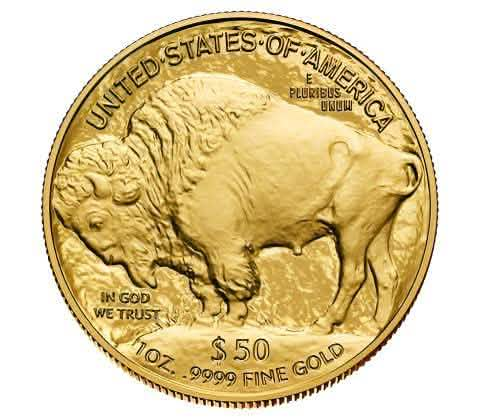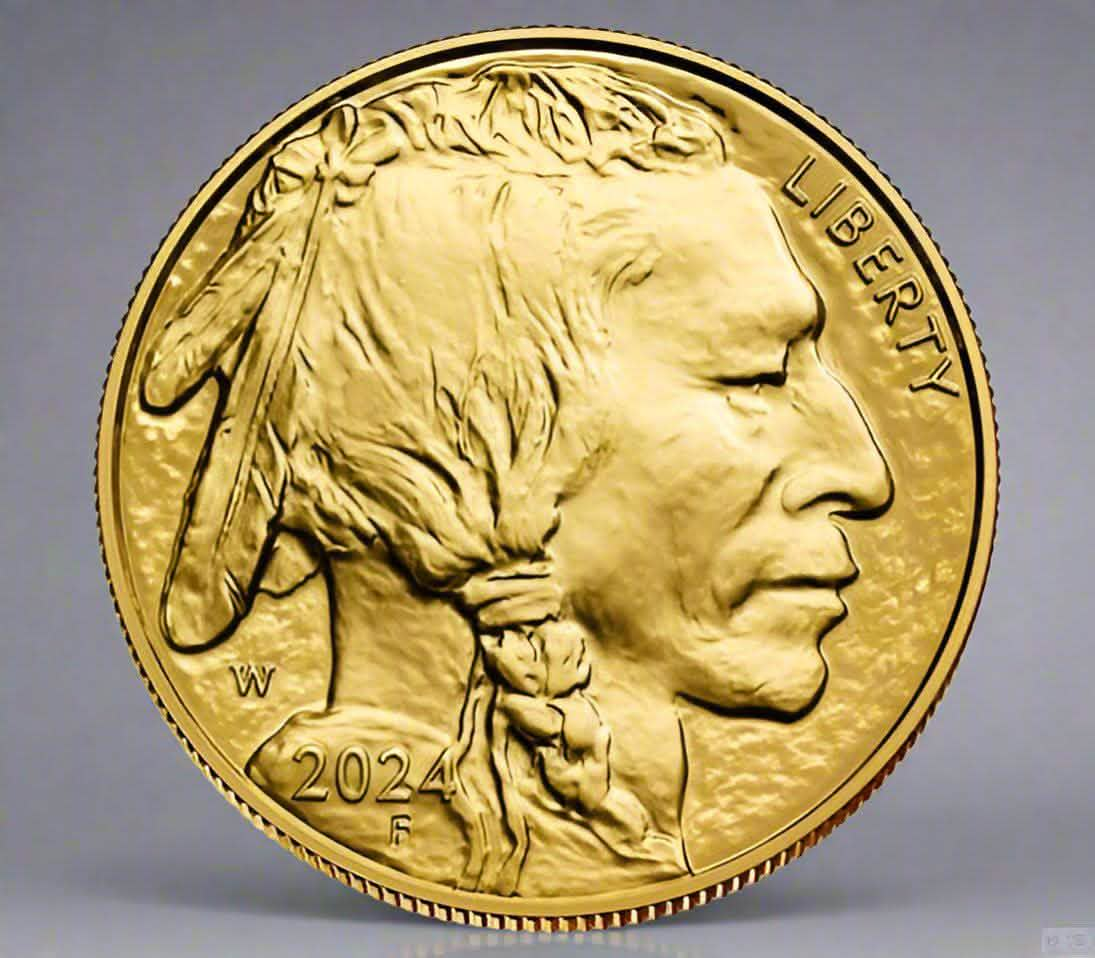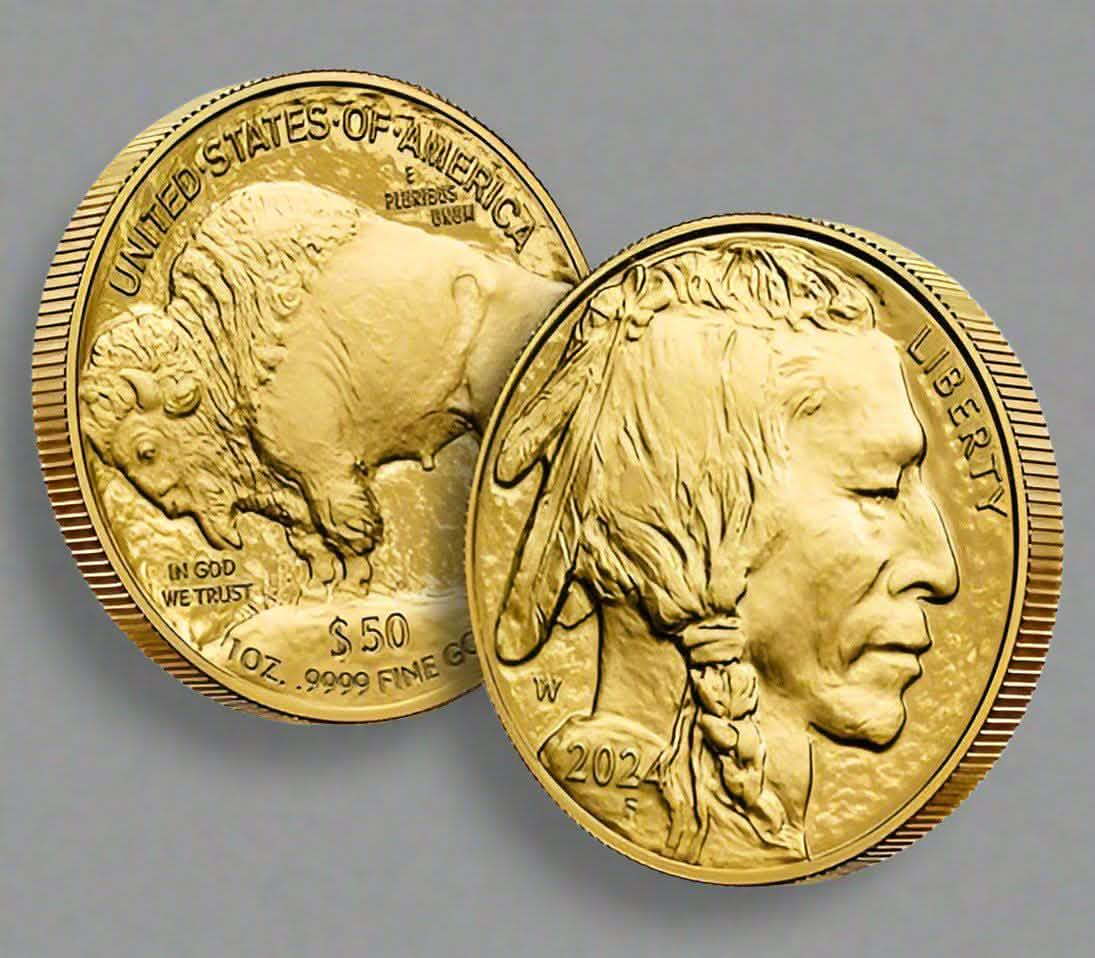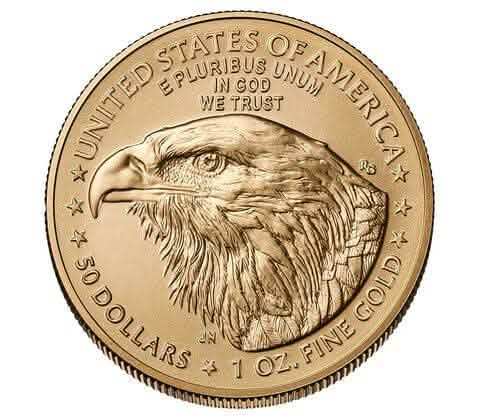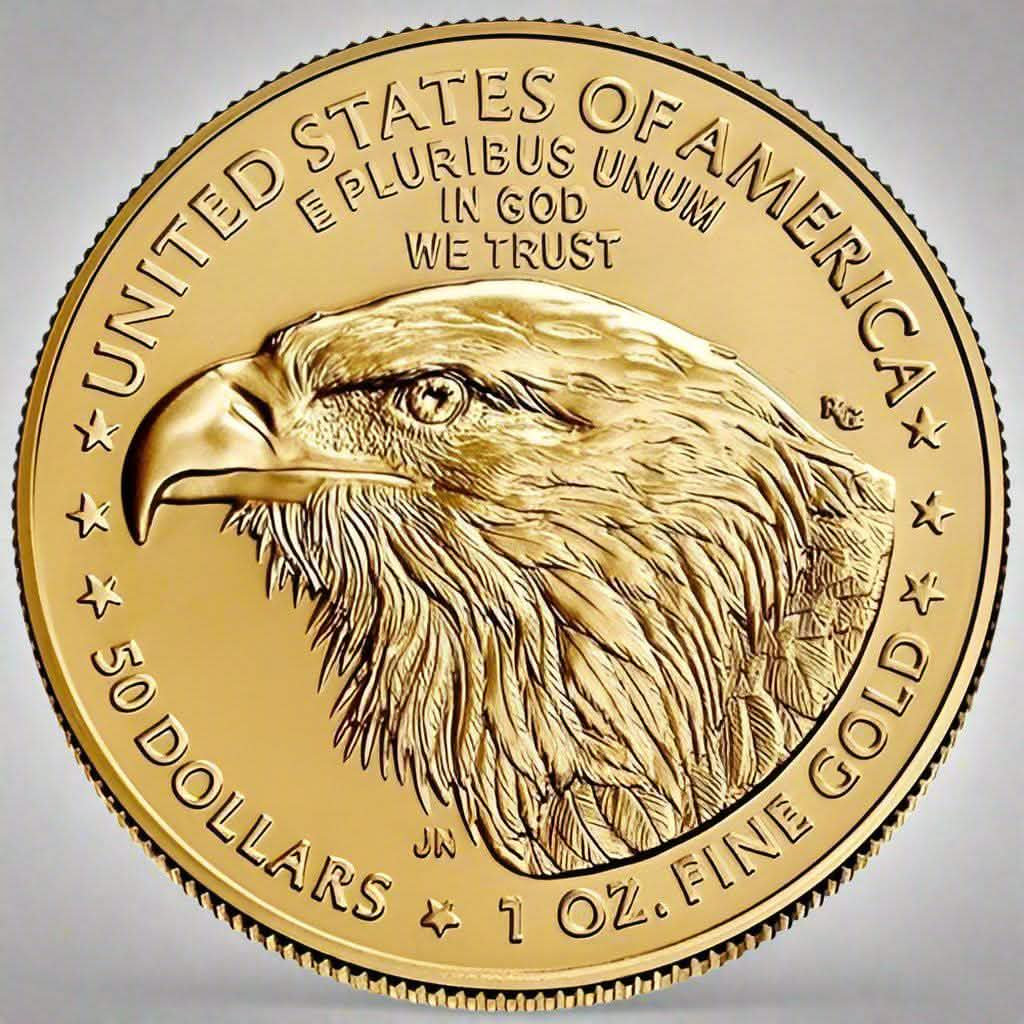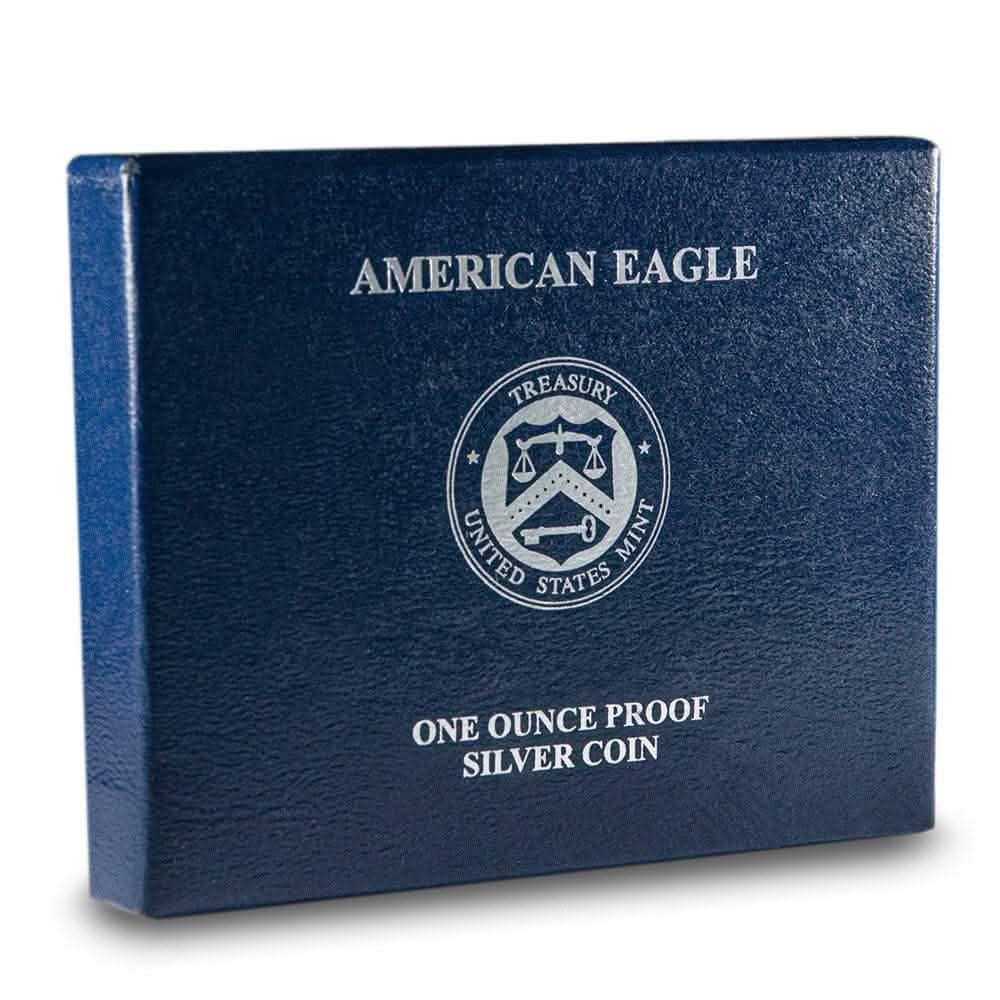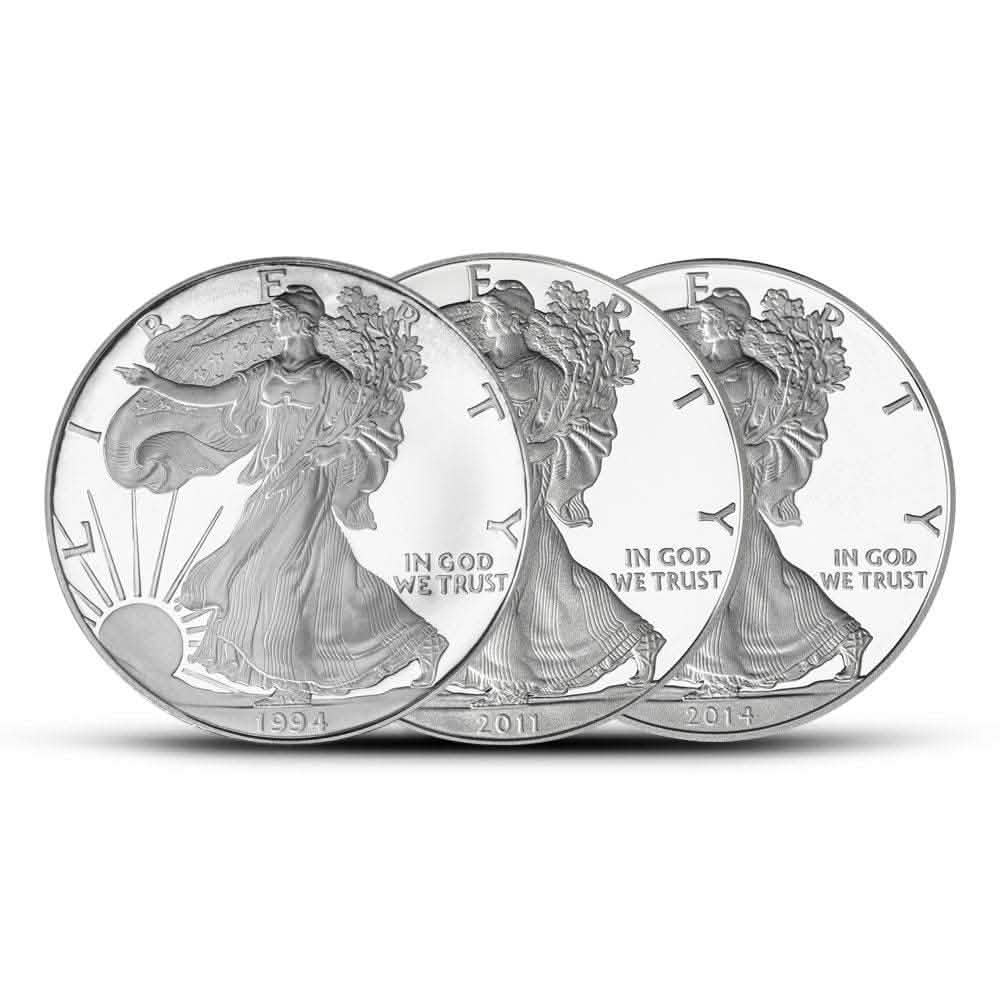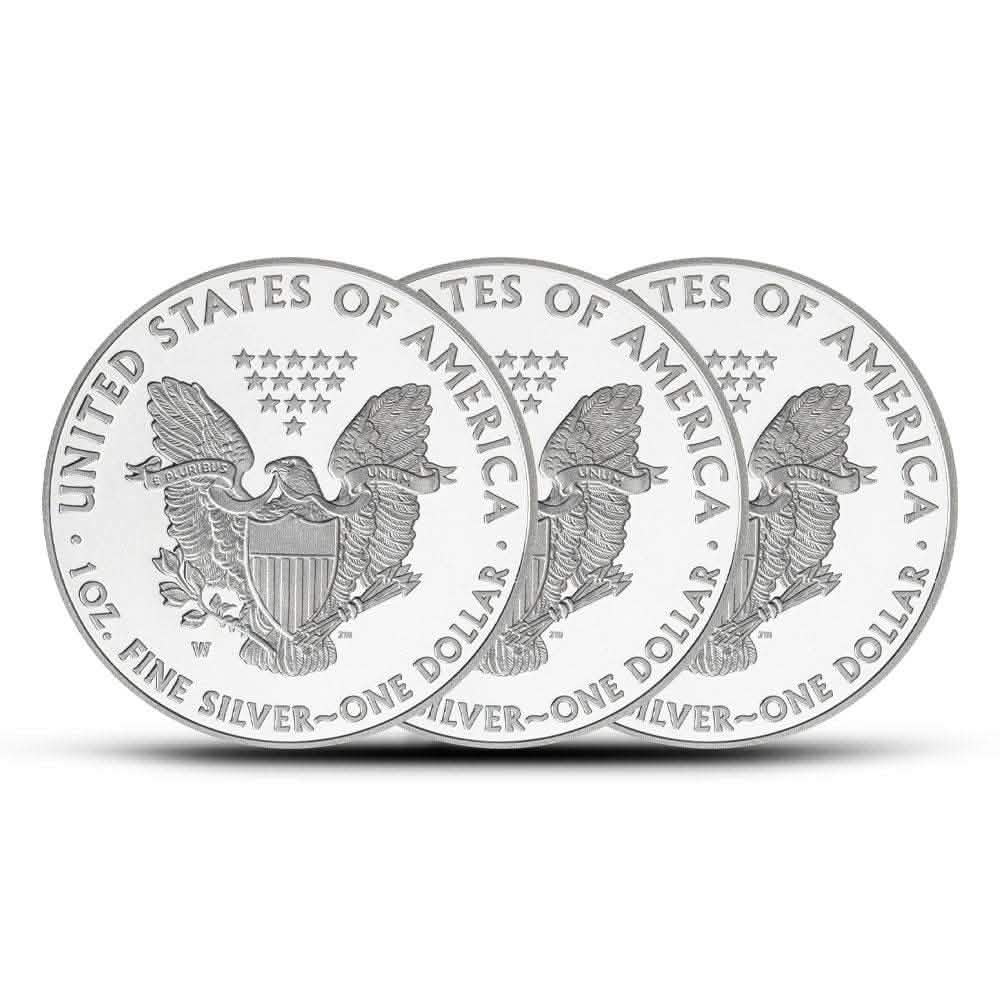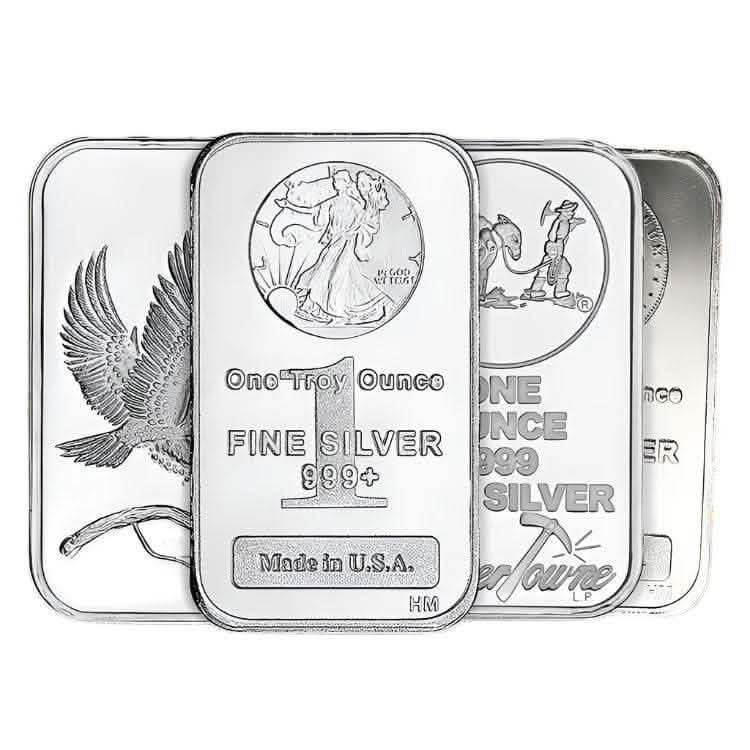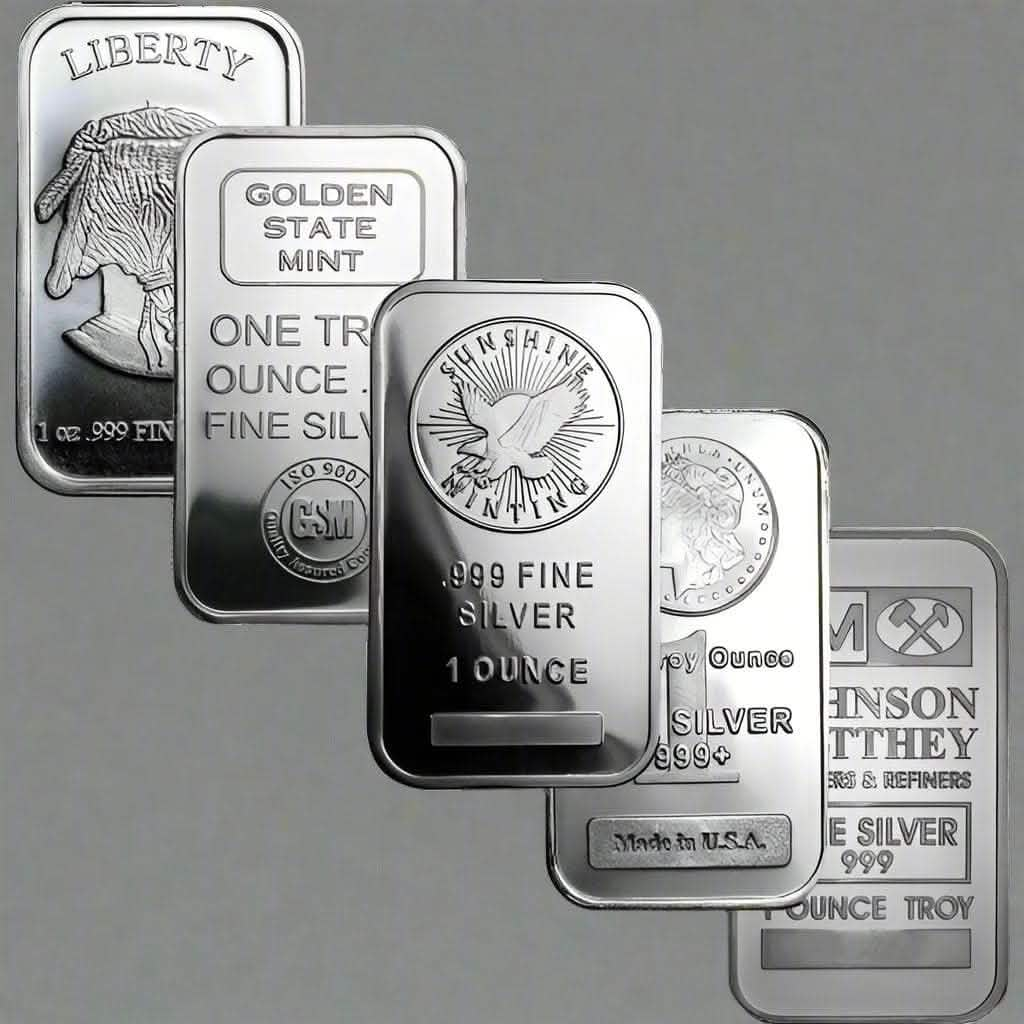Gold has captured the human imagination for centuries. Its allure spans generations, cultures, and industries—from investment portfolios to intricate jewelry designs. Yet, one question often piques the curiosity of investors, jewelry hobbyists, and science enthusiasts alike: Is gold magnetic? This blog post aims to demystify gold's magnetic properties and explore its implications.
With the rise of science-based investing and the growing fascination with precious metals, understanding the characteristics of gold beyond its luster can offer valuable insights. Whether you're an investor evaluating gold's viability as a hedge, a jewelry enthusiast fascinated by its unique properties, or a science lover eager to understand its physics, this exploration promises to be enlightening.
Understanding Gold's Basic Properties
Gold, symbolized by the chemical symbol Au, is a naturally occurring element with unique properties. It is highly prized for its resistance to tarnish and corrosion, its malleability, enabling it to be drawn into thin wires, and its conductivity, making it useful in electronics. But what about its magnetic properties?
In magnetism, materials are typically classified as ferromagnetic, paramagnetic, or diamagnetic. Ferromagnetic materials, like iron, are strongly attracted to magnets. Paramagnetic materials exhibit a weak attraction, while diamagnetic materials repel magnetic fields. Surprisingly, gold falls into the category of diamagnetic materials, meaning it has no attraction to magnets.
Why Isn't Gold Magnetic?
The absence of magnetic attraction in gold can be attributed to its atomic structure. Gold's electrons move to create tiny induced magnetic fields opposing any external magnetic field. This is a fundamental characteristic of diamagnetic materials. In essence, even a strong magnet will not attract a piece of pure gold.
This might seem like an intriguing scientific tidbit for the average investor or jewelry maker. However, understanding why gold is not magnetic can be crucial when assessing the authenticity of gold items. Counterfeits often involve adding ferromagnetic metals, which can alter magnetic properties, as a practical initial test for verifying purity.
Gold's Role in Science and Technology
Despite its non-magnetic nature, gold has significant scientific and technological applications. Its excellent conductivity and resistance to oxidation make it ideal for electronics, including connectors, switches, and circuit boards. In the medical field, gold nanoparticles target specific cells in treatments and diagnostics.
In aerospace and telecommunications, gold's ability to reflect infrared radiation and resist tarnish under harsh conditions makes it invaluable. Understanding these practical applications underscores gold's multifaceted importance beyond its magnetic properties.
The Implications for Investors
For investors, gold's non-magnetic nature might seem to have little consequence. However, it is indicative of its stability and durability. In economic uncertainty, gold is often viewed as a haven investment. Its resistance to external environmental factors, including magnetic fields, contributes to long-term value retention.
Investors should note that while gold isn't magnetic, it can still be affected by other market forces. Understanding the broader context of gold's properties, including its magnetic characteristics, can provide a more nuanced perspective on its role in an investment portfolio.
Jewelry Enthusiasts and the Allure of Gold
For jewelry enthusiasts, the fascination with gold often transcends its physical properties. However, knowing that gold is not magnetic can serve practical purposes, such as testing the authenticity of gold jewelry. Given the prevalence of counterfeit gold in the market, a simple magnet test can help discern genuine gold from imitations.
Furthermore, understanding gold's properties enhances appreciation for its unique qualities, such as its rich color, which is not influenced by magnetic fields. This knowledge can deepen one's passion for collecting or crafting with gold.
Exploring Magnetic Materials in Jewelry
While gold is not magnetic, many pieces of jewelry incorporate other metals that might be. Some alloys and settings include ferromagnetic metals like nickel or iron. Recognizing the jewelry composition can help hobbyists make informed choices, particularly if they have sensitivities or preferences regarding certain metals.
Understanding how different metals interact with magnets can also inspire creative designs, adding a layer of complexity and innovation to jewelry crafting. For example, incorporating magnetic clasps into designs can add functionality and flair.
Gold Testing Methods Beyond Magnetism
While magnetic testing is a quick and easy method for assessing the purity of gold, it is not foolproof. Professionals often use other methods, such as acid testing, electronic testing, and X-ray fluorescence, which can provide more accurate assessments.
Each method has costs and benefits, and understanding these can help investors and hobbyists choose the most suitable approach for their needs. Whether acquiring new pieces or verifying existing ones, comprehensive testing ensures confidence in the authenticity of gold items.
The Physics Behind Diamagnetism
Diamagnetism, the type exhibited by gold, is a fascinating area of physics. All electrons are paired in diamagnetic materials, and their magnetic moments are canceled out, leading to no net magnetic moment. When exposed to an external magnetic field, these materials create an induced electromagnetic field that opposes the applied field.
This basic understanding of diamagnetism can enhance one's appreciation of the subtle intricacies involved in the magnetic properties of materials. For science enthusiasts, exploring these concepts can lead to a deeper engagement with material science and its applications.
Myths and Misconceptions About Gold's Magnetism
Despite scientific evidence, myths and misconceptions about gold's magnetism persist. Some believe gold should be magnetic due to its density or conductive properties. Debunking these myths is essential for anyone involved with gold, whether as an investor, jeweler, or scientist.
Understanding the science behind gold's properties dispels common misunderstandings, and fosters informed discussions about its potential uses and value. It also highlights the importance of educating oneself and others about the true nature of this remarkable metal.
Gold's Cultural and Historical Significance
Throughout history, gold has symbolized wealth, power, and beauty. Its non-magnetic nature adds to its mystique, setting it apart from other materials. This trait has contributed to its allure as a practical and symbolic element in various cultures.
Exploring gold's historical and cultural significance offers valuable insights into its continued relevance today. Gold's unique properties have ensured its place as a timeless treasure from ancient civilizations to modern economies.
Conclusion
While gold may not be magnetic, its significance extends beyond this property. Understanding gold's magnetic nature offers valuable insights for investors, jewelry hobbyists, and science enthusiasts, which can inform decisions and inspire further exploration.
Gold's non-magnetic nature highlights its stability and durability, contributing to its status as a valuable asset. Whether examining its role in investment, appreciating its beauty in jewelry, or exploring its fascinating science, gold continues to captivate and enrich. To further explore the world of gold, consider consulting experts, engaging with communities, and staying informed about the latest developments in this dynamic field.
